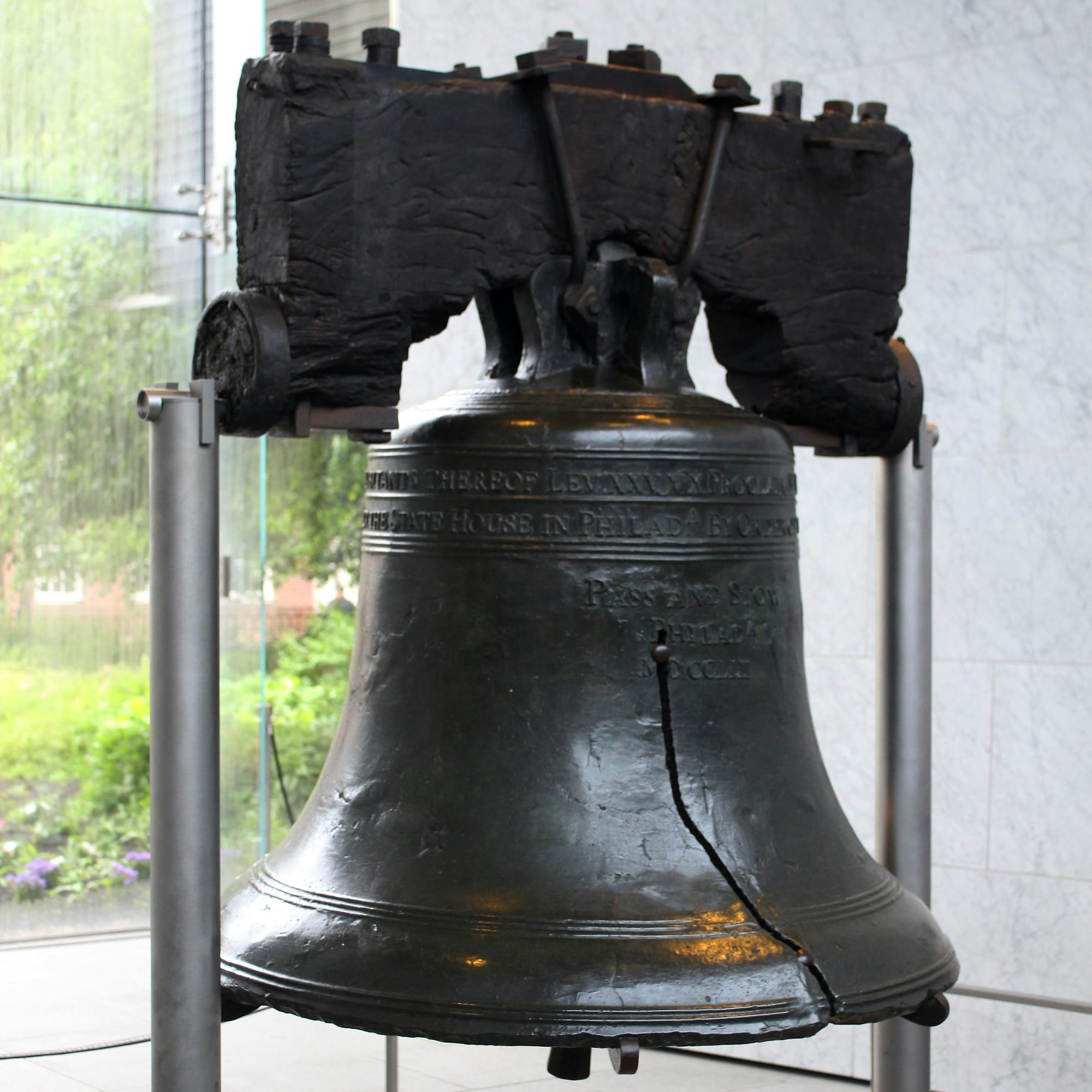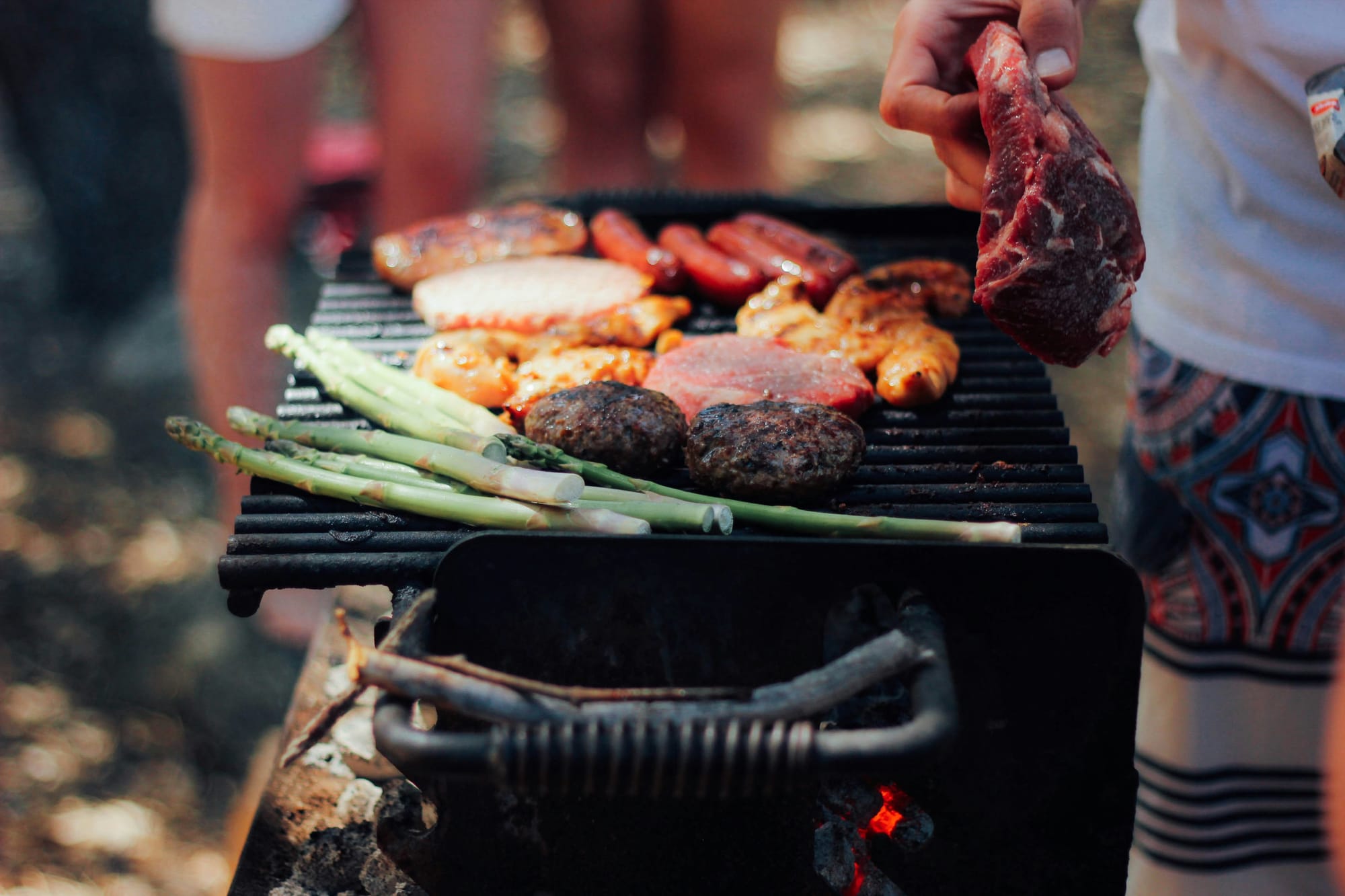The Fourth of July, also referred to as Independence Day, is a federal holiday in the United States that commemorates the adoption of the Declaration of Independence on July 4, 1776. On this day, the Continental Congress declared the thirteen American colonies' independence from British monarchical rule, uniting them as free and independent states. The tradition of celebrating Independence Day originated in the 18th century and has since become a significant national holiday.
The roots of Fourth of July celebrations can be traced back to the early years of American history. Following the signing of the Declaration of Independence, widespread celebrations took place across the newly formed United States. These early festivities featured public readings of the Declaration, parades, bonfires, concerts, and the firing of cannons and muskets.
The first organized celebration of Independence Day occurred in Philadelphia on July 4, 1777, setting a precedent for the annual commemorations that would follow, marking the birth of a new nation.
Key Takeaways
- The Fourth of July celebrations have a rich history and are deeply rooted in American traditions.
- The origins of Fourth of July celebrations can be traced back to the signing of the Declaration of Independence in 1776.
- Early traditions and customs of Independence Day included fireworks, parades, and public readings of the Declaration of Independence.
- Over time, Fourth of July celebrations have evolved to include barbecues, picnics, and family gatherings.
- Iconic symbols and traditions associated with Independence Day include the American flag, patriotic music, and the Statue of Liberty.
Early Traditions and Customs of Independence Day

Early Traditions and Customs
In the early years of Independence Day celebrations, traditions and customs varied from region to region. However, some common customs emerged that have continued to be associated with the holiday. One such tradition was the ringing of bells, which symbolized the freedom and independence of the United States. Another early custom was the lighting of fireworks, which represented the joy and excitement of the newly independent nation. Parades also became a popular tradition, with people marching through the streets to show their patriotism and pride in their country.
New Additions to the Celebrations
As the years passed, new customs and traditions were added to Fourth of July celebrations. One such tradition was the singing of patriotic songs, such as "The Star-Spangled Banner" and "America the Beautiful." Another popular custom was the hosting of barbecues and picnics, where families and friends would gather to enjoy food, music, and games.
A Lasting Legacy
These early traditions and customs laid the foundation for the modern-day celebrations of Independence Day, which continue to be an important part of American culture.
Evolution of Fourth of July Celebrations Over Time
Over time, Fourth of July celebrations evolved to reflect the changing values and beliefs of American society. In the 19th century, Independence Day became a symbol of national unity and pride, as well as a time to reflect on the ideals of freedom and democracy. Parades and public gatherings became more elaborate, with communities coming together to celebrate their shared heritage and history.
The American flag also became a prominent symbol of Independence Day, with many people displaying it proudly in their homes and businesses. In the 20th century, Fourth of July celebrations took on new meaning as the United States faced challenges such as war and social change. During World War II, Independence Day became a time to honor the sacrifices of American servicemen and women, as well as a time to rally support for the war effort.
In the 1960s, Independence Day became a platform for social and political activism, with many people using the holiday to advocate for civil rights and equality. Throughout these changes, Fourth of July celebrations continued to be a time for Americans to come together and celebrate their shared values and ideals.
Iconic Symbols and Traditions Associated with Independence Day
| Year | Event | Location |
|---|---|---|
| 1776 | Declaration of Independence | Philadelphia, Pennsylvania |
| 1870 | Fourth of July becomes a federal holiday | United States |
| 1941 | Fireworks display at the National Mall | Washington D.C. |
| 1970s | Parades and barbecues become popular | Throughout the country |
Several iconic symbols and traditions have become associated with Independence Day over the years. One such symbol is the American flag, which is prominently displayed during Fourth of July celebrations. The flag represents the ideals of freedom, democracy, and unity that are central to American identity.
Another iconic symbol is the bald eagle, which has long been a symbol of strength and independence in American culture. Many Fourth of July celebrations feature images of bald eagles, as well as references to their significance in American history. In addition to these symbols, several traditions have become synonymous with Independence Day.
Fireworks displays are a staple of Fourth of July celebrations, with communities across the country putting on elaborate shows to mark the holiday. Parades are also a common tradition, with people marching through the streets in patriotic attire and waving American flags. Barbecues and picnics have become another popular tradition, with families and friends gathering to enjoy food and fellowship.
These iconic symbols and traditions have come to define the spirit of Independence Day in America.
The Role of Fourth of July in American History

Independence Day has played a significant role in shaping American history and culture. The holiday serves as a reminder of the values and ideals that are central to American identity, such as freedom, democracy, and equality. It also provides an opportunity for Americans to reflect on their shared history and heritage, as well as to celebrate their accomplishments as a nation.
Throughout its history, Independence Day has been a time for Americans to come together and reaffirm their commitment to the principles that unite them. In addition to its cultural significance, Fourth of July has also played a role in shaping American politics and society. The holiday has been used as a platform for political activism and social change, with many people using it as an opportunity to advocate for their beliefs and causes.
Independence Day has also been a time to honor the sacrifices of American servicemen and women, as well as a time to rally support for the nation's military efforts. In these ways, Fourth of July has been an important part of American history and continues to be a meaningful holiday for people across the country.
Regional Variations in Fourth of July Celebrations

Regional Variations in Celebrations
While Independence Day is celebrated throughout the United States, there are regional variations in how the holiday is observed. In some parts of the country, Fourth of July celebrations are marked by large-scale events such as fireworks displays, parades, and concerts. In other areas, more intimate gatherings such as barbecues and picnics are common.
Unique Regional Traditions
Some regions have unique traditions that are specific to their local culture or history, such as reenactments of historical events or festivals that showcase regional cuisine and crafts. These regional variations reflect the diversity of American culture and highlight the different ways that people across the country celebrate their shared heritage.
A Shared Spirit of Patriotism
While there may be differences in how Fourth of July is celebrated from one region to another, the underlying spirit of patriotism and pride in America remains consistent throughout the country. Regardless of where they live, Americans come together on Independence Day to celebrate their freedom and independence.
Modern-Day Fourth of July Traditions and Celebrations
In modern times, Fourth of July celebrations have continued to evolve while still maintaining many traditional customs. Fireworks displays remain a popular tradition, with cities across the country putting on elaborate shows that draw large crowds. Parades are also a common feature of modern-day Independence Day celebrations, with communities coming together to march through their streets in patriotic attire.
Barbecues and picnics continue to be a staple of Fourth of July gatherings, providing an opportunity for families and friends to enjoy food and fellowship. In addition to these traditional customs, modern Fourth of July celebrations often include live music performances, outdoor festivals, and sporting events. Many communities also host events that highlight local history and culture, providing an opportunity for people to learn more about their heritage while celebrating their country's independence.
As technology has advanced, social media has become an important part of Fourth of July celebrations, with people sharing their holiday experiences online and connecting with others who are celebrating across the country. These modern-day traditions and celebrations continue to make Independence Day an important holiday for Americans everywhere. In conclusion, Fourth of July celebrations have a rich history that reflects the values and ideals that are central to American identity.
From its origins in the 18th century to its modern-day observance, Independence Day has been a time for Americans to come together and celebrate their freedom and independence. The traditions and customs associated with Fourth of July have evolved over time but continue to be an important part of American culture. As people across the country gather to mark this historic holiday each year, they reaffirm their commitment to the principles that unite them as a nation.
Whether through fireworks displays or community parades, barbecues or picnics, Americans continue to honor their shared heritage on Independence Day.
FAQs
What is the history of Fourth of July celebrations?
The Fourth of July, also known as Independence Day, commemorates the adoption of the Declaration of Independence on July 4, 1776, declaring the United States as an independent nation.
How do Americans traditionally celebrate the Fourth of July?
Americans traditionally celebrate the Fourth of July with fireworks, parades, barbecues, carnivals, fairs, picnics, concerts, baseball games, family reunions, and political speeches and ceremonies.
Why do Americans celebrate the Fourth of July with fireworks?
Fireworks have been a traditional part of Fourth of July celebrations since the first anniversary of the independence of the United States in 1777. The fireworks symbolize the rockets and bombs that burst in the air during the Revolutionary War.
What are some traditional foods associated with Fourth of July celebrations?
Traditional foods associated with Fourth of July celebrations include hot dogs, hamburgers, barbecue, corn on the cob, watermelon, apple pie, and ice cream.
How do other countries celebrate their independence days?
Other countries celebrate their independence days with similar festivities, including parades, fireworks, concerts, and cultural events. Each country has its own unique traditions and customs for celebrating independence.
On this Fourth of July, let us remember that the spirit of freedom and unity is what makes us strong. Wishing you a Happy 4th of July! Have a great holiday.






